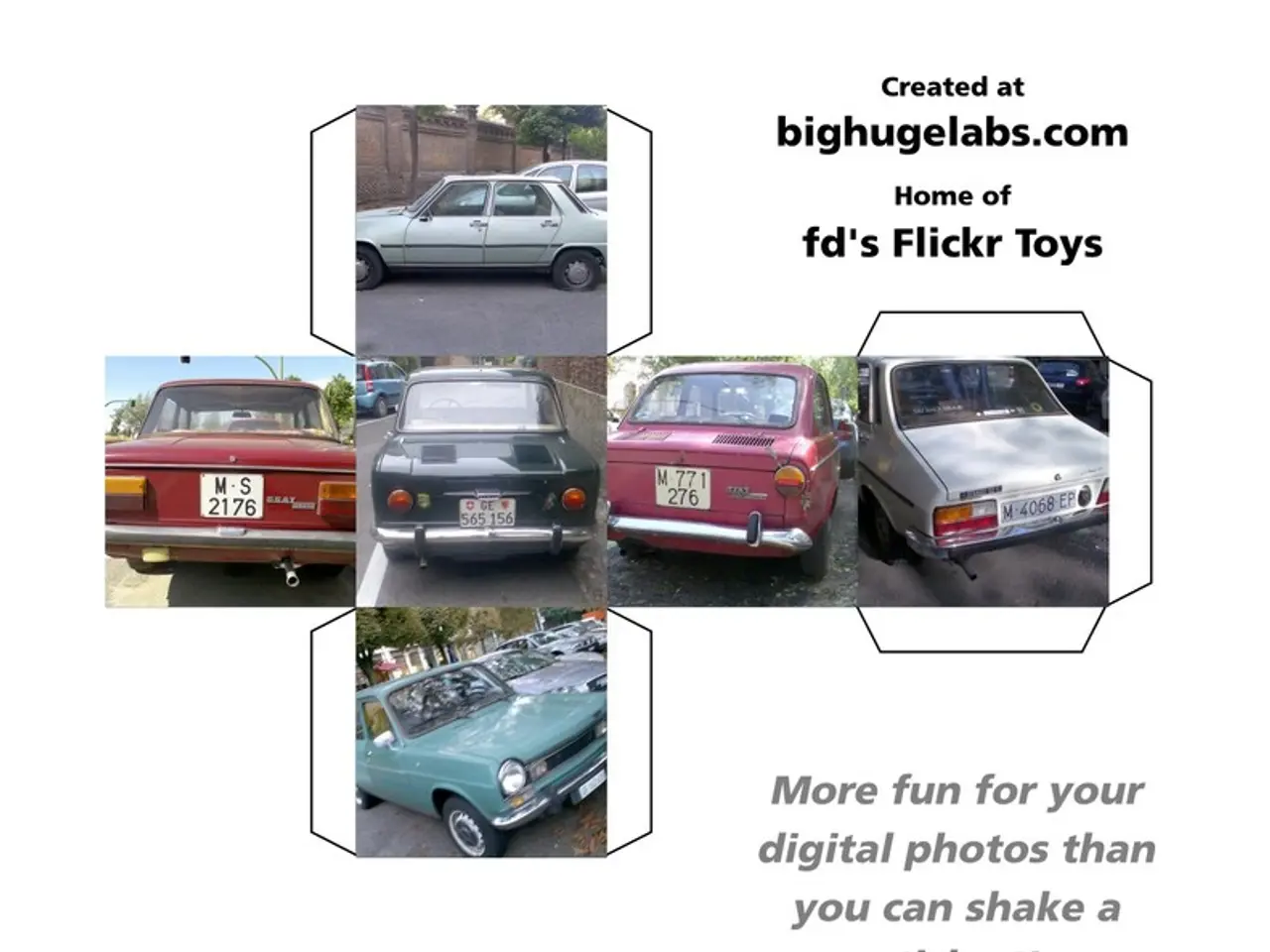Network entities urged to enhance their infrastructure by advocacy groups AE Computing Consortium and GSMA.
The Automotive Edge Computing Consortium (AECC) and the GSMA are emphasizing the need for mobile network operators (MNOs) to upgrade their infrastructure to support the evolving demands of next-generation automotive technology.
At the heart of this transformation lies the requirement for scalable, programmable 5G services capable of managing massive uplink traffic and real-time data processing, as current networks were not designed to handle these functions.
In a move towards this vision, the AECC will showcase four key automotive use cases at the GSMA Open Gateway demonstration area at MWC 2025. The consortium's proposed distributed cloud system would incorporate multi-operator capabilities, allowing for communication and processing across multiple network operators.
This system is designed to reduce latency and optimize performance, which are crucial for the reliable operation of connected vehicles and intelligent mobility services. The AECC advocates for a topology-aware, distributed cloud system that moves computing resources closer to vehicles, further enhancing the performance across multiple locations.
The AECC's initiatives also highlight the need for enhanced, flexible connectivity solutions. Dynamic profile provisioning technologies compliant with standards like SGP.32, involving eUICC, eIM, and SM-DP+ infrastructure, support scalable, regulatory-compliant IoT connectivity for vehicles across networks and borders.
Moreover, the AECC promotes "split-compute" frameworks where computing tasks are distributed between the vehicle, edge nodes, and network infrastructure to optimize cost and latency. This requires MNOs to support hybrid network topologies that enable cooperation between vehicle processors, network edge processors, and curb-side infrastructure.
The AECC's work underscores the need for MNOs to upgrade networks to 5G and beyond, implement edge data centers with GPUs, and adopt intelligent network resource management to ensure reliable, high-bandwidth, and low-latency communication tailored for automotive use cases.
Dr. Muriel Desaeger of Toyota Motor Europe will speak at the Connect 5G Summit at MWC 2025, discussing the industry's future and the role of mobile networks in supporting the digital transformation of the automotive sector.
The partnership between AECC and GSMA Fusion, a GSMA Open Gateway initiative, has been formalized, with plans to refine deployment priorities and implementation timelines. The AECC's Statement of Requirements detailing the network capabilities necessary to support intelligent driving, high-definition mapping, and teleoperation in connected vehicles has also been released.
However, the industry is facing an urgent question: will mobile networks evolve fast enough to keep pace with the future of mobility? The AECC is mapping out how the mobile industry can support the digital transformation of the automotive sector, but global adoption of enhanced network capabilities must accelerate.
The AECC's call to action signals a pivotal moment for mobile operators, automakers, and technology providers in the context of connected vehicles. Henry Calvert, Head of Networks at GSMA, stated that despite advances in 5G, more can be done to align network services with the needs of the automotive sector.
As we move towards a future of autonomous driving and intelligent mobility, the AECC's work at MWC 2025 will provide a valuable insight into how mobile networks can adapt to these challenges and help shape the future of the automotive industry.
[1] [Source] [2] [Source] [3] [Source]
Technology and data-and-cloud computing are crucial for the evolution of mobile network operators (MNOs) to support the demands of next-generation automotive technology. The AECC's proposed distributed cloud system, incorporating multi-operator capabilities and "split-compute" frameworks, necessitates MNOs to support hybrid network topologies that enable cooperation between vehicles, edge nodes, and network infrastructure, ultimately adopting intelligent network resource management for reliable, high-bandwidth, and low-latency communication tailored for automotive use cases.




